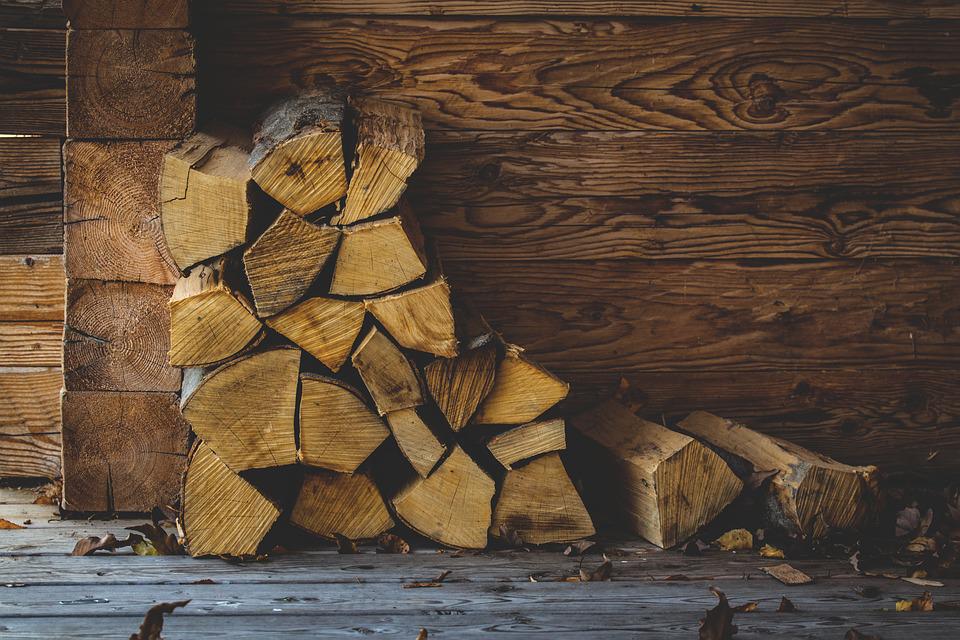



Article by: Hari Yellina
Due to a prohibition on native timber cutting from 2024, households in Perth and southern Western Australia that rely on wood heating have been warned of an impending fuel scarcity. In September of last year, the WA government announced intentions to phase out native forest harvesting, a questionable decision that was hailed by conservationists but met with resistance from forestry communities. The majority of firewood consumed in Western Australia is native hardwood species obtained from waste or as a by-product of the hardwood timber industry.
Bunbury Firewood, one of the state’s biggest firewood companies, supplies the majority of the wood burned in Perth households, but it also sells into the South West and the eastern wheatbelt. Wood supplies were already short, according to managing director Jeff Loton. The company generally sells approximately 20,000 tonnes of firewood each year, but it only had access to about 8,000 tonnes this year. “We anticipate being firewood-free by early to mid-June,” he said. Mr Loton said he had expressed his worries to the state government and was concerned by the lack of clarity regarding his industry’s future. “I know there’s talk of firewood being available,” he continued, “but if we’re having trouble getting wood today, I can’t imagine where we’ll be in 2023 and beyond.”
After the native logging ban went into effect, WA Forestry Minister Dave Kelly stated there would be a steady supply of firewood. He stated, “There will still be ecological thinning.” “However, we anticipate there will be firewood sources in the future.” Mr Kelly also mentioned a recent support programme that would compensate firewood processors $50,000 if they choose to leave the sector after 2024. According to forestry expert John Clarke, roughly 150,000 tonnes of primarily jarrah firewood is consumed annually in Perth and the South West, with residents collecting their own wood or obtaining bagged or bulk wood from processors and sawmills. “I’m quite concerned about where future firewood sources will come from,” he remarked. “It’s completely illogical.” “It will take time for people to understand what [the implications] mean, but when they wake up on a cold morning and go to their local garage or Bunnings or call their local firewood supplier, they will say, ‘We’ve run out.'”
Mr Clarke stated that the need for firewood has increased since the beginning of the COVID-19 outbreak and shows no indications of decreasing. A silicon metal plant, he claimed, used an additional 150,000 tonnes of poor-quality jarrah per year, an industry that was also experiencing supply issues. He claimed that continuing to mine bauxite in jarrah trees would generate some wood, but “nowhere near enough” to meet market demand. Steve Martin, the opposition’s forestry spokesman, said he has heard for months that “firewood suppliers won’t have enough logs to get them through the middle of this year.” “The availability of firewood in Western Australia is in serious jeopardy.”